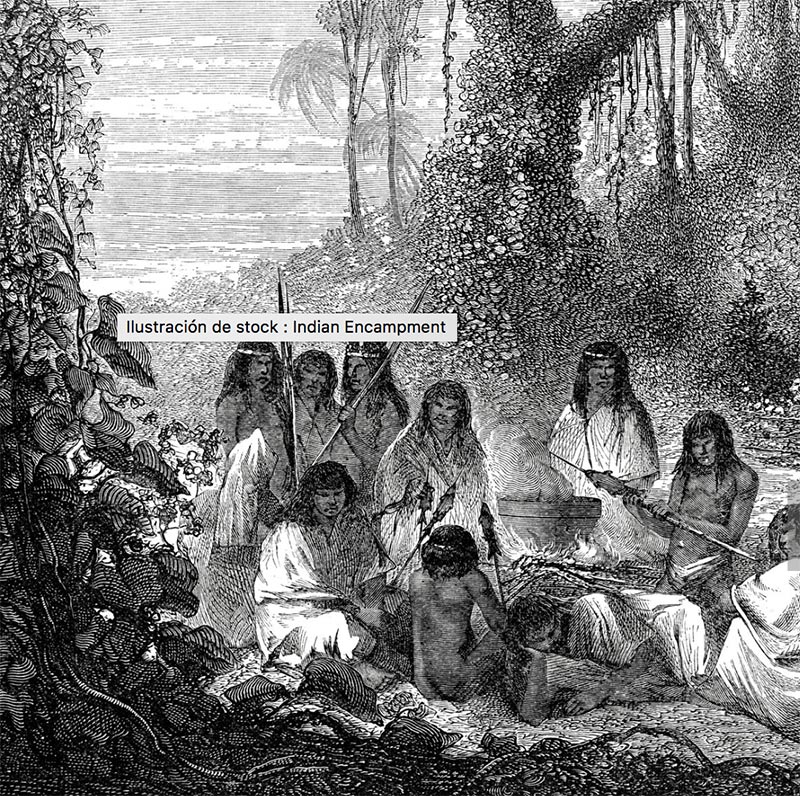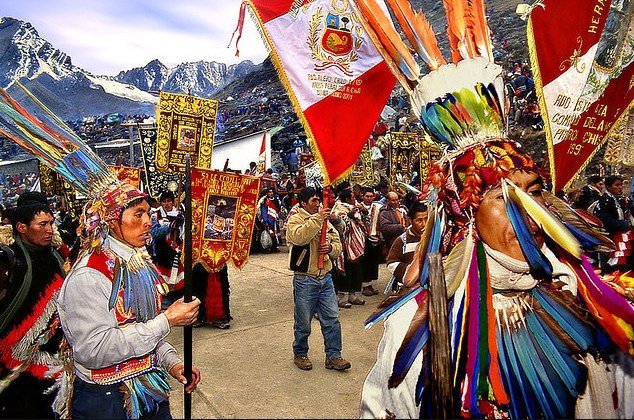In ancient Peru, the cosmic order was seen as organized from a quadripartite perspective. To ensure health and relationship to the external world, each person had to be in harmony with this order. According to this conception, life depends on the factors above and below, on the male and female factors; on the factors of the air and the earth, as of the hot and the cold. This concept was commonly called the four winds, or also of the four regions or of the four pachas (sources, pachas or times) of life.
The term wind (wayra, in Quechua or runasimi) for the ancient Peruvians (Andean and Amazonian) was not intended solely to designate the physical phenomenon, by analogy it also referred to the flow of forces or energies that make up life, which manifests as the harmony or supreme balance of forces of the cosmos. For that same reason, even in traditional Peruvian medicine, shamans and healers talk about the upper and lower winds, the previous winds and the later winds, as causing disease (or imbalance) as well as calling on the wayras to restore health or vital balance. Wayras or winds are also called psychoactive plants, fundamental in pan-Peruvian shamanic traditions: sanpedro or wachuma (Trichocereus pachanoi), ayahuasca (Banisteriopsis caapi), misha (Datura), toé or guarguar (Brugmansia), wilca (Anadenanthera colubrina), tobacco, etc.
The tawa wayra in balance
The entire religious medical tradition of the ancient Peruvians was aimed at maintaining the balance of the four winds (tawa wayra) of life, because only in this way each human being can ensure the order of their interiority (as does the cosmos, and each element that created it) and can permanently dialogue with the Noqa Kani Kani, Entelechy or Vital Energy and its manifestations in each of the worlds: in that the above and below, the masculine and the feminine, where life flows just as the winds.
Disease is also conceived as an imbalance between internal and external forces.
The World Health Organization states that health is the state of physical and mental well-being, and satisfactory social life; and with this model official medicine has made great advances, particularly in the realm of medical specialization . However, in relation to the model itself, the conception of traditional indigenous medicine, in our opinion, is much more evolved.
Health as a state of balance
For the indigenous conception, health is a state of balance between the individual and their ecological environment and socio-cultural, including the natural and the spiritual. That is, it consists of a kind of parallelism between inner ecology and nature ecology. For the indigenous people, the man who preys on nature, on the levels it does now, has first been spiritually preyed upon.
It is necessary to remember that the linguistic root of medicine in western languages is the Latin word mederi that comes from the meaning «measure» and was already sentenced by the Greek Protagoras: «Man is the measure of all things ”, because it has its“ inner measure, ”its own reference to life. What medicine is about then, is regaining the inner measure of our lives.
The integration of Amazonian Shamanism and Indigenous Medicine (the wealth of its medicinal plants and techniques of widening consciousness) with Western psychology and psychotherapy (its techniques of interpreting, elaborative and integrating the personality), offers the possibility of establishing a truly integrative transpersonal system, which goes beyond current concepts and is highly recommended for non-indigenous people.



